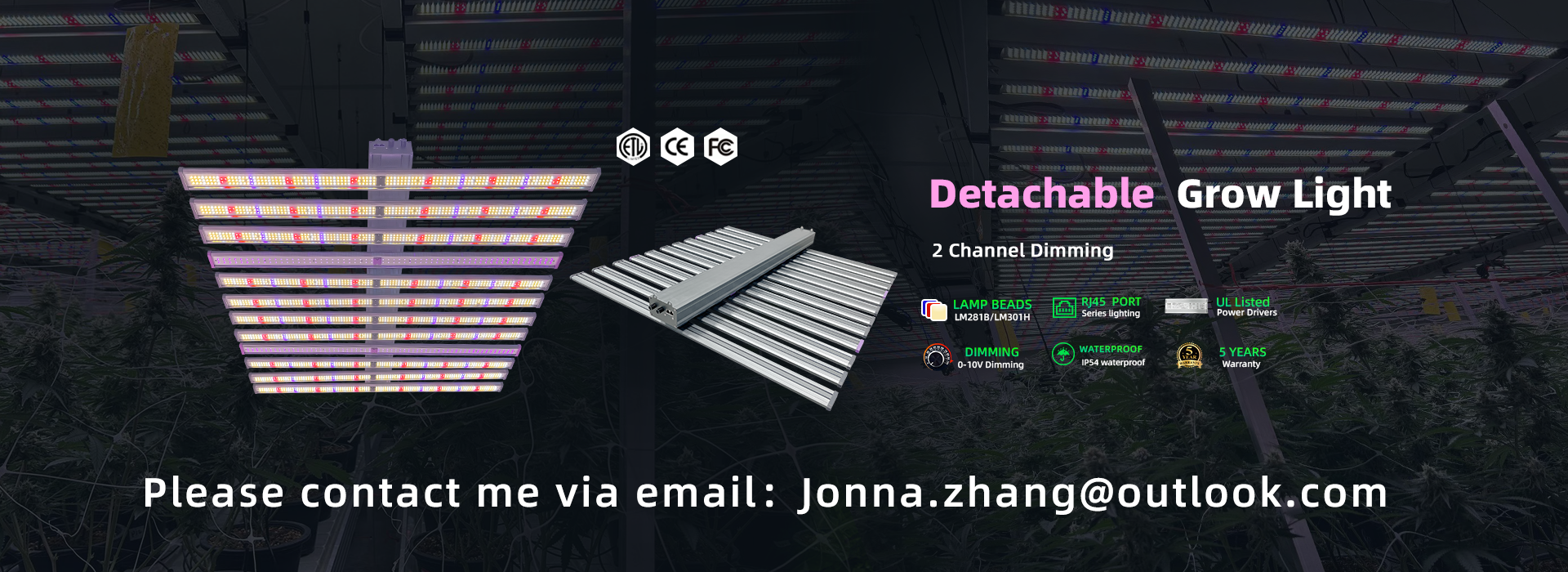What is the principle of plant lamp growth lamp
FAQHits:487 Time:2022-08-30 09:12
Efficient conversion of electrical energy into radiant energy. Achieving high radiation intensity within the effective range of photosynthesis, especially the emission spectrum of low infrared radiation (thermal radiation) bulbs, meets the physiological requirements of plants, especially in the effective spectral region of photosynthesis.
Plant growth lamps are artificial light sources, usually electric light sources, aimed at stimulating plant growth by emitting electromagnetic spectra suitable for photosynthesis. Plant lamps are used in applications that do not emit natural light or require supplementary lighting. Artificial lighting is necessary on cloudy and low light intensity days. Provide crops with at least 8 hours of light per day at night, with a fixed amount of light per day. However, the lack of night rest time can also lead to plant growth disorders and reduced production. Under fixed environmental conditions such as carbon dioxide, water, nutrients, and temperature and humidity, the "photosynthetic flux density PPFD" between a specific plant's light saturation point and light compensation point directly determines the relative growth rate of the plant. Therefore, an efficient combination of light sources PPFD is the key to plant planting efficiency.
News
- led grow light Factory[2024-11-11]
- 全光谱植物生长灯对植物的作用[2024-11-09]
- Precautions for correctly using LED plant growth lights[2022-08-30]
- What are the advantages of choosing a full spectrum LED plant growth lamp?[2022-08-30]
- Is plant fill light effective?[2022-08-30]
- What is the difference between plant lights and normal lights[2022-08-30]












